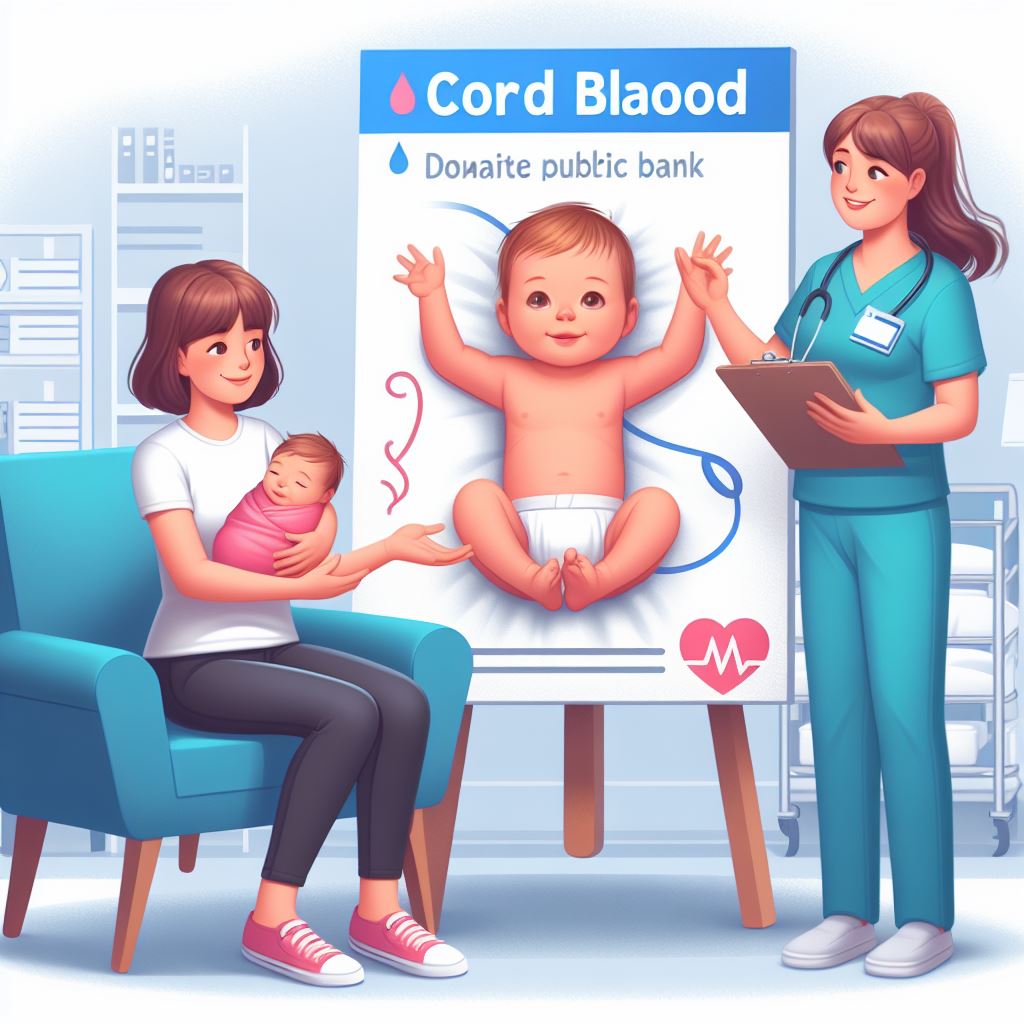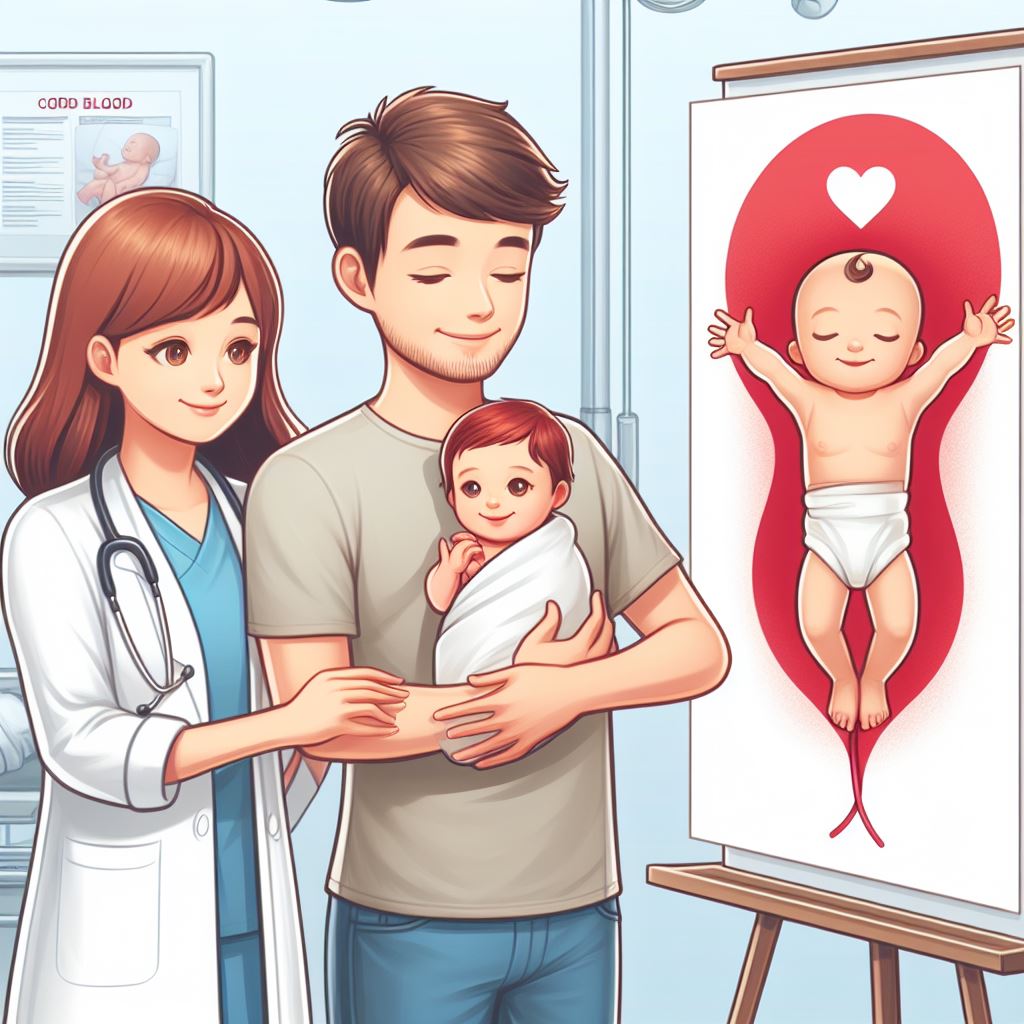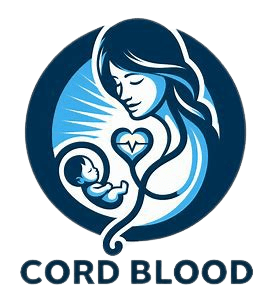
Cord Blood Donation
Cord blood represents a rich source of Haemopoetic Stem Cells (HSC) of the adult type. To date, the benefits of umbilical cord blood transplantation has been demonstrated conclusively using homologous (allogenic) umbilical cord blood transplantations from unrelated donors in childhood leukaemias. Autologous transplantations may be used in some patients if there was no other source of compatible stem cells available, although this would not be the therapy of choice for genetic based diseases .
Since the first stem cell transplant from umbilical cord blood in 1988, cord blood transplantation has been successfully used to treat cases of childhood leukaemia and other immune disorders. Recently researchers have suggested that the use of stem cells can be extended to include many other disorders (myelo and lymphoproliferative disorders, liposomal storage diseases), however this projected use remains speculative.
For several years, commercial cord blood banks in the USA have been offering mothers the opportunity to store their own baby’s cord stem cells indefinitely, in case that particular baby or her siblings ever develop an illness such as leukaemia, which could be treated by cord blood stem-cell transplantation.
Commercial cord blood banking has recently attracted considerable media attention and these companies are now targeting women in UK. In May 2000, the Federal Minister for Health announced that the Commonwealth Government would assist in the establishment of an Australian National Cord Blood Collection Network (NCBCN).
The Australian Bone Marrow Donor Registry (ABMDR) was contracted to manage the (four-year) “Development Phase” of the National C ord Blood Collection Network. The network was officially launched under the name “AusCord” in September 2002.
Almost every country has different types of structures for cold blood banking. These banks may approach obstetricians directly but, together with midwives, they are increasingly being confronted with this issue when parents request that their baby’s cord blood be collected and shipped for storage.
Types of cord blood donation
The use of allogeneic haemopoietic stem cells (HSC) is limited by the need to find an HLA-compatible donor. The main indication for cord blood transplantation is relapsed acute lymphoblastic leukaemia in children. For those with no suitable family member, cord blood banks have been set up along similar lines to registries of bone marrow donors to facilitate matching.
Over 65 000 units have been stored worldwide and, as for bone marrow, there is an international search facility. Because of higher stem cell numbers, HSC from bone marrow or cytokine-stimulated HSC release into peripheral blood collected by apheresis have been preferred in the UK for HSC transplantation.
If a compatible donor cannot be found, either in the family or from one of the six million unrelated bone marrow donors worldwide, and then compatible cord blood may prove a feasible option as a source of HSC .
Thirty percent (30 percent) of Australian patients in need of an allogeneic bone marrow transplant have a suitable family donor, that is, 5 or 6 out of 6 Human Leukocyte Antigen (HLA) matched close relative. Of the remaining 70 percent of patients, only 20 – 25 percent are able to find an unrelated bone marrow donor on the existing registries. Therefore, over 50 percent of patients in need often-allogeneic transplant do not have a histocompatible related or unrelated donor .
This same group may be eligible for a cord blood transplant as it is known that the degree of compatibility between the patient and the cord unit does not need to be as stringent as in bone marrow transplantation, with matching acceptable to a level of 4 out of 6 match. This is because graft-versus-host disease is lower in cord blood transplants at a given level of match, thereby increasing an individual’s chances of finding a suitable cord blood donation at an acceptable level of match.
The main indication for cord blood transplantation is relapsed acute lymphoblastic leukaemia in children. Following the experience at the New York Cord Blood Bank and the National Marrow Donor Program in the United States in identifying suitably matched donors (5 out of 6 and 6 out of 6 HLA matches) for patients, the NCBCN expect that a collection of 20,000 cord blood units will enable 80 – 90% of Australian requests to be met
Directed Cord Blood Donation In At Risk Families

The collection of cord blood units for use by siblings born into a family where there is a known genetic disease amenable to HSC transplant remains a recommendation. There is a 1 in 4 chance that the cord blood will be an acceptable match for the affected sibling.
Some transplant centers currently recommend cord blood collection and storage for siblings born into a family where there is a known genetic disease amenable to HSC transplantation. If the cells are HLA-compatible, they may be utilized for the affected child.
If not, they maybe useable for a future HLA-compatible sibling. If the newborn child itself develops the disease, its own cord HSC may in future be useful as a vehicle for somatic gene therapy, when these techniques have been fully developed.
Cord blood can be stored from siblings of a child with an acquired disease who may require HSC transplantation.
Its utility is less clear now that improvements in chemotherapy mean that transplantation in childhood leukaemia is used less frequently and that beneficial graft versus leukaemia effects are achieved by use of haploidentical peripheral blood T cell-depleted stem cells.
The clinician caring normally initiates such donations for the sick potential recipient making appropriate arrangements with the National Blood Service cord blood bank.
Directed Cord Blood Donation In Low-Risk Families
Obviously as the name suggests families do this type of donation who are under less risk. In the absence of any demonstration project, it is difficult to estimate the likelihood that an individual directed donation would be used.
This applies specially given that many of the projected usages of stem cells remain speculative and subject to research yet to be done. One commercial storage provider estimate suggests that likelihood of a child developing a disease that could be treated by stem cells by the age of 18 years as around one in 300-400.
Although other family members might also use stored cells, this figure seems a gross overestimate of the probability that a stored cord sample will ever be used.
One bank in the USA has to date issued only two units out of 10 000 stored, although this figure may rise with time. At present, it is not possible to conclude that storing cord blood for one’s child will not be of value, although the likelihood that it would ever be used is very low.
It is estimated that of approximately 200,000 placental blood units stored for the exclusive use of the baby from whose birth the placental blood was obtained, at most, 74 units (and this is very likely a gross overestimate) might “possibly” be used and 199,926 would be taken out of circulation for use by patients who require an allogeneic transplant.
